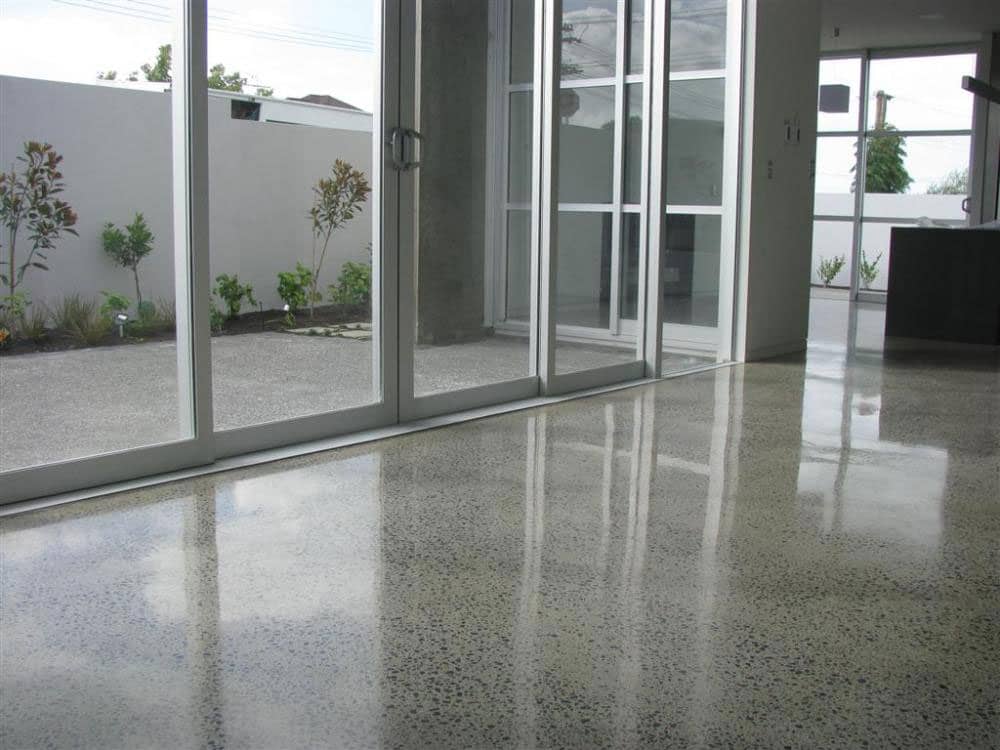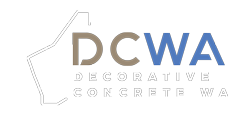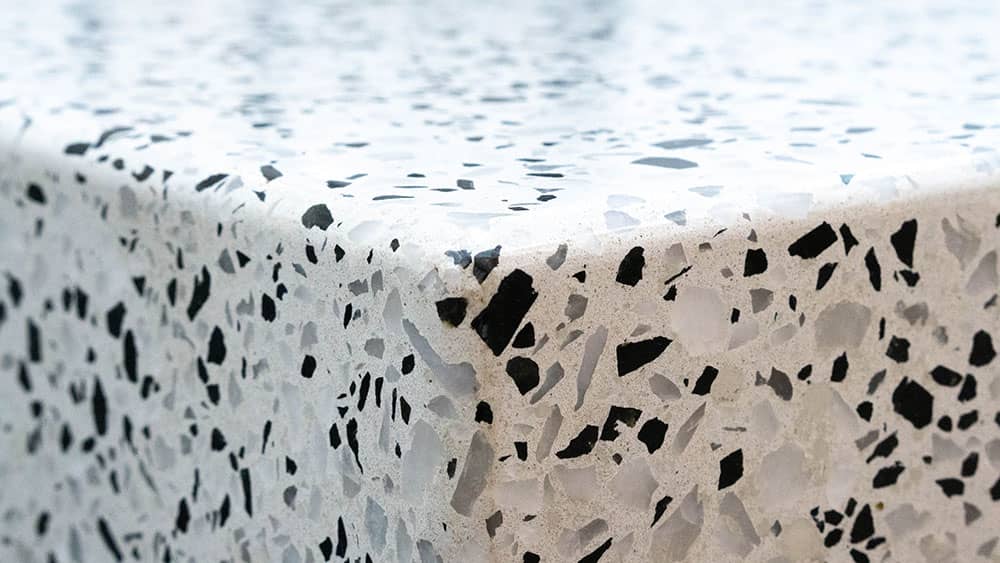Is Polished Aggregate Concrete Right for Your Home or Business?
- June 8, 2021
- Written By Brad Russell
- Guides
Residential and commercial spaces demand flooring material that does not require too much maintenance work. And if that’s what you’re searching for, this blog post is for you. Polished aggregate concrete is the ultimate choice for those who want a no-wax required flooring material. However, the process it undergoes is a little more complex than most other options. That’s why you should pick an experienced contractor with the correct technique and proper floor grinding equipment.
Polished aggregate concrete can be applied on either new or old exposed aggregate concrete surfaces. The contractor will grind the surface prior to the application. The result is a high-gloss finish that’s tantalising on both residential and commercial interiors.
Factoring in the excellence in performance and durability of concrete, it is not surprising why polished aggregate concrete has become an appealing option for homes, retail stores, commercial warehouses, and offices.

What is Exposed Aggregate Polished Concrete?
Exposed aggregate concrete has long been the top choice for driveway and footpath finish. It’s nonslip and does not wear quickly. Concrete lends its incredible durability, allowing the exposed aggregate mix to last for years. It is undeniable that exposed aggregate is beautiful with endless designs because of the stones and oxides with varying colours, shapes, and sizes. That’s why it’s no wonder exposed aggregate concrete is present in several streets in Perth.
However, exposed aggregate is not perfect. It has one flaw that convinces a handful of residents and business owners to stay away from this concrete finish. This weakness has something to do with maintenance. And if you are not a huge fan of constant cleaning the flooring surface, you probably think exposed aggregate concrete is not for you.
Because of the rough and porous surface, dirt will easily pile up. Therefore, you have to clean by sweeping or mopping every day. Staining is also a problem. With grime or stains stuck on the surface, your only choice is to use a high-pressure hose to remove the blemishes.
For some contractors, the best and only method is through a sealer. The problem is that sealers do not work flawlessly. Some of them cannot repel stains, and they do not decrease the instance of dirt sticking on the surface.
So, here comes polished concrete. As you may already know, polished concrete is attractive for many reasons. It has a high sheen but is not slippery. It also does not need hours and hours to maintain that shine. Combining the style of exposed aggregate and the less maintenance offered by polished concrete, you now have a great way to revamp your old flooring.
Exposing the Beauty of Concrete
The process for polished aggregate concrete is the same as polished concrete combined with exposed aggregate:
- Observing how the aggregates sit is crucial because it tells you how the concrete will look after the grinding process.
- Once happy with the stone coverage, especially with how the stones are spread out, you can proceed to grind down exposed aggregate.
- After grinding, exposing the actual colour of concrete is the next step.
- After the exposure, sealing and curing will come next.
- The sealing product will depend on your objectives and budget. UV polyurethanes and other sealers help make concrete tougher and more durable. You also do not have to worry about accidents concerning slips, primarily if you use this flooring material outdoors.
Because exposed aggregate went through grinding, you will have a surface that you can mop clean easily and quickly. It’s also non-slippery even when wet, a known quality that both polished concrete and exposed aggregate possess.
Options for Polished Concrete Aggregates
You have various choices when it comes to the aggregates you will use for the flooring. However, a huge trend is making waves in many parts of Western Australia and the rest of the country. It involves the use of three aggregates for polished concrete floors:
-
Cream or Surface Cream Polished: This option is used as the top layer of concrete, which is composed of trowelled cement paste and fine cement. Up to 0.7938mm is removed from the surface of the slab, which results in very little (or even no) aggregate exposure. It’s popular because it is economical and has a pure and consistent cream colour all throughout the surface.
-
Salt and Pepper: For this choice, it is the layer used below a cream polished surface. It is made from fine aggregates, such as tiny stones and sand, which create the salt and pepper look. Up to 0.3969mm is removed from the surface by grinding. You will find small amounts of aggregates spread throughout the surface. The grinding process is best started within seven days after pouring the slab to expose the suitable aggregate amount.
-
Exposed Aggregate: This layer underneath cream and salt and pepper is made of coarse aggregates. These aggregates are combined into the concrete mix. You will have to remove at least 3mm, which gets rid of the top two layers. This process is almost immediately performed right after pouring the concrete slab. Some contractors wait up to three days to achieve the desired aggregate exposure.
After arriving at the chosen aggregate exposure, concrete will then be polished. You pick the clarity of reflection, from a flat shine to a honed or refined appearance. You can also choose a semi-polished look that gives a smooth effect on the floor surface. For a mirror-like result, you may want to opt for highly polished aggregate concrete flooring.

